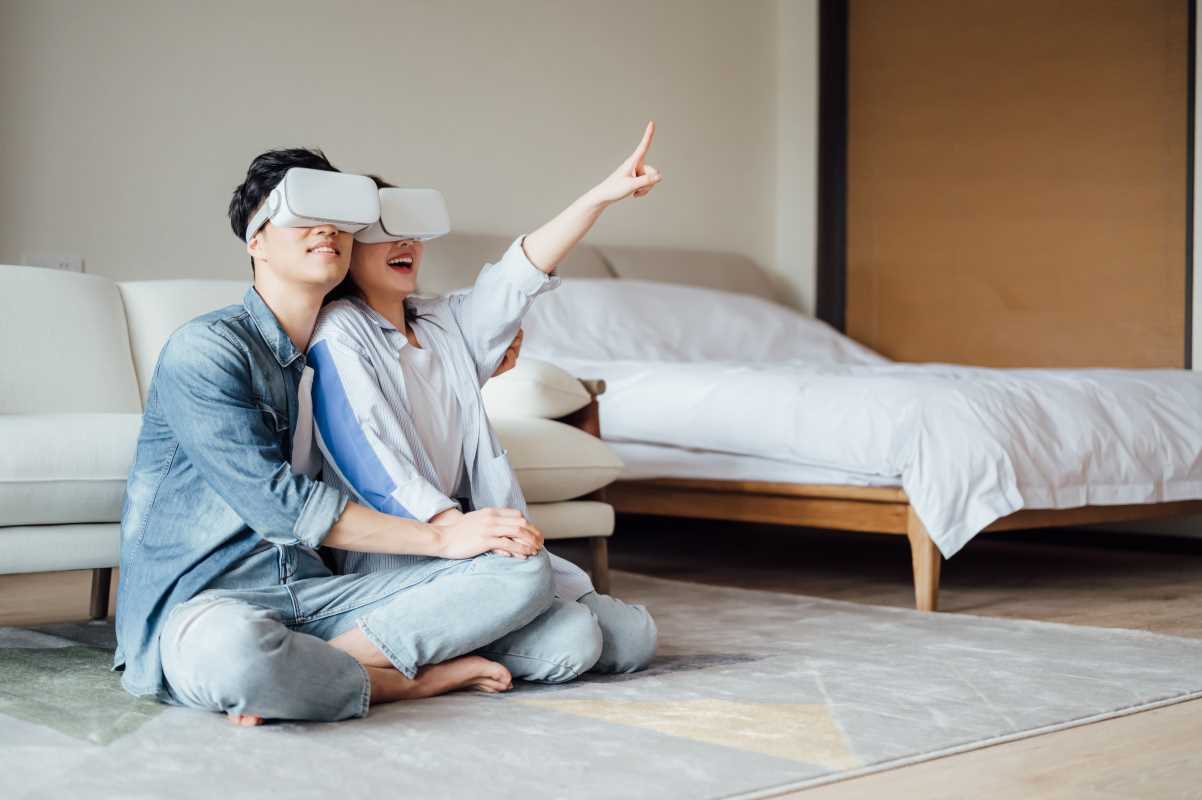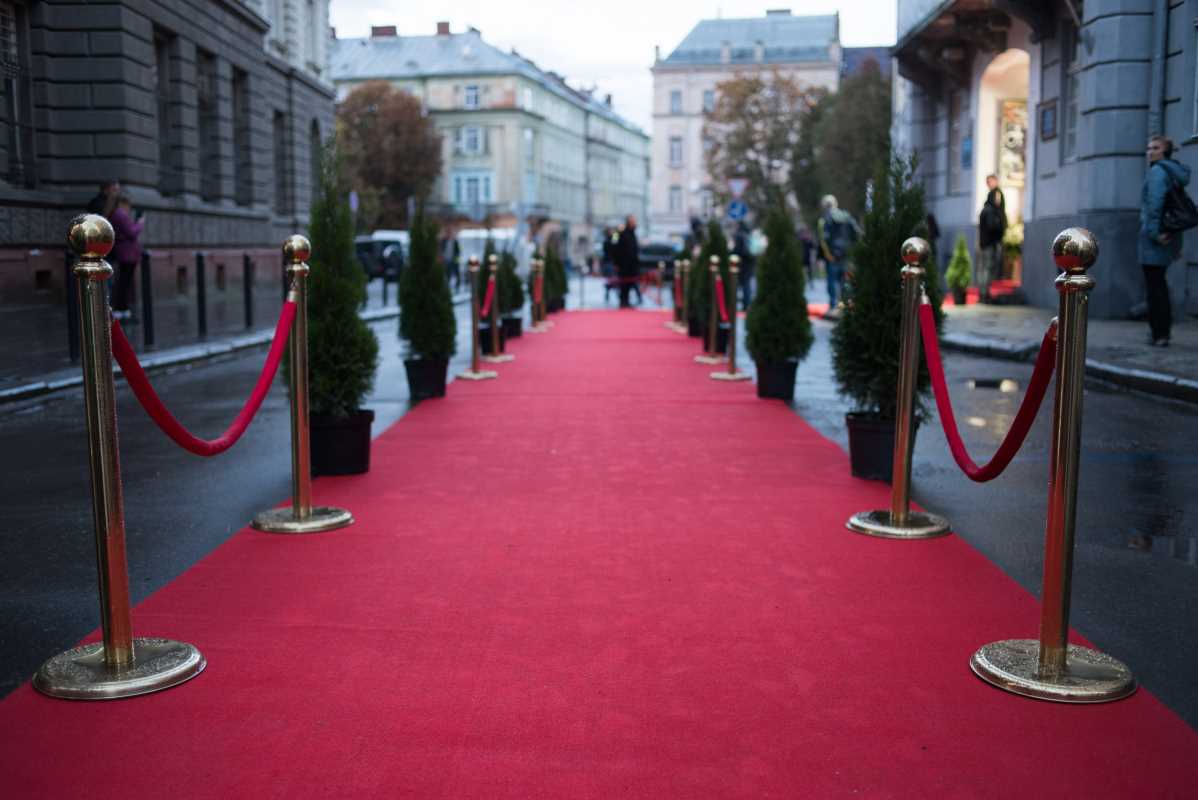Virtual Reality (VR) has revolutionized how we experience the world, and one of its most fascinating applications lies in the exploration of ancient ruins. VR-based tours allow users to travel back in time, stepping into the heart of lost civilizations and experiencing their grandeur as never before. Combining cutting-edge technology with history and archaeology, these immersive experiences offer an unparalleled way to learn, explore, and connect with the past.
The Rise of Virtual Reality in Historical Tourism
Traditionally, visiting ancient ruins required physical travel, often to remote or fragile sites. While these journeys can be deeply rewarding, they also have limitations. Fragile structures are at risk from increased foot traffic, environmental factors, and even vandalism. Many people face financial or physical barriers that prevent them from traveling to these sites.
VR solves these challenges by bringing the wonders of the past directly to users. Through immersive technology, people can now explore ancient landmarks from the comfort of their homes or educational centers. VR tours recreate these sites in stunning detail, often with added features like historical narration, animated reconstructions, and interactive elements.
Recreating Lost Worlds in Stunning Detail
One of the most exciting aspects of VR-based tours is the ability to see ancient ruins as they once were. Advanced 3D modeling and historical research allow developers to recreate temples, cities, and monuments in their original splendor. Users can walk through the bustling streets of ancient Rome, marvel at the vibrant frescoes of Pompeii, or stand beneath the towering ziggurats of Mesopotamia—all meticulously reconstructed based on archaeological evidence.
For example, the Ancient Rome VR Experience enables users to explore the Roman Forum, Colosseum, and Palatine Hill as they appeared during their peak. Narrated guides provide historical context, so visitors can understand the significance of each site while virtually standing amidst its grandeur.
Similarly, platforms like Google Arts & Culture and specialized VR apps have brought iconic landmarks like the Pyramids of Giza, Machu Picchu, and the Acropolis to life in breathtaking digital detail.
Enhancing Accessibility and Education
One of VR's greatest strengths is its ability to democratize access to cultural heritage. Students, educators, and history enthusiasts can now explore ancient sites that might otherwise be inaccessible due to geographic, financial, or physical constraints.
For educators, VR tours are a game-changer. They provide a dynamic way to teach history, allowing students to engage directly with the material. Instead of relying solely on textbooks or images, students can explore ancient cities, interact with artifacts, and visualize historical events in 3D. This immersive approach deepens understanding and fosters a lasting appreciation for cultural heritage.
For example, the Egyptian VR Tour offers an educational journey through the Great Pyramid of Giza, complete with detailed explanations of its construction, purpose, and the daily lives of those who built it. These interactive experiences make learning tangible and engaging.
Interactive Features and Personalization
Modern VR tours go beyond simple visuals. They often include interactive elements that let users engage with the environment. Users might open virtual scrolls, operate ancient tools, or observe animated reenactments of historical events.
Some platforms allow users to customize their experiences by choosing specific time periods or locations within a site. For instance, a tour of the Mayan ruins at Chichén Itzá might let visitors toggle between the site’s present-day condition and a fully restored version, complete with bustling marketplaces and ceremonial rituals.
Environmental and Preservation Benefits
By offering virtual alternatives to physical travel, VR-based tours can help reduce tourism's environmental impact. Overcrowding at ancient sites is a significant problem, contributing to the degradation of fragile structures and ecosystems. Virtual tourism provides a sustainable way to satisfy curiosity and appreciation for these landmarks without contributing to their wear and tear.
Furthermore, VR can serve as a digital preservation tool. Many historical sites face threats from climate change, natural disasters, and human activity. Creating detailed virtual replicas can preserve these sites for future generations, even if the originals are lost.
Popular Platforms and Innovations
Several companies and organizations are leading the way in VR historical tourism. Platforms like Oculus VR, HTC Vive, and Google Expeditions have partnered with museums and archaeologists to create highly detailed experiences. Some startups specialize in specific regions or historical periods, such as TimeLooper, which offers VR tours of London during the Great Fire of 1666 or New York City during the American Revolution.
Innovative use of augmented reality (AR) is also enhancing these experiences. Apps like Civilisations AR, developed by the BBC, allow users to explore historical artifacts and ruins in their current locations while superimposing digital reconstructions on-site.
Challenges and the Road Ahead
Despite its many advantages, VR historical tourism is not without challenges. Creating accurate reconstructions requires extensive research, collaboration with archaeologists, and significant technological investment. There is also the risk of oversimplifying or misrepresenting historical contexts in favor of entertainment.
However, as technology advances, these limitations are steadily being addressed. Artificial intelligence, photogrammetry, and improved VR hardware make reconstructions more accurate and accessible.
Virtual reality tours of ancient ruins are transforming how we experience history. Combining cutting-edge technology with detailed historical research offers immersive, educational, and accessible experiences that were once unimaginable. Whether you dream of exploring the temples of ancient Egypt, walking the streets of Pompeii, or witnessing the grandeur of the Parthenon, VR makes it possible to travel back in time and see the world through the eyes of history. In an age where technology often pulls us away from the past, VR reminds us of its importance, ensuring that the stories of ancient civilizations continue to inspire and educate for generations to come.







